Oikeiôsis (a sense of belonging) ★★★★
TU Dublin Photography Graduate Exhibition. Gallery of Photography, Meeting House Sq, Dublin, Until June 12th galleryofphotography.ie
It is the time of year when fine art graduates throughout the country are thrust into the front line. Over the top and into the withering gaze of their lecturers, external assessors, peers, families and any of the general public who take the time to visit degree shows. It’s hard to say how many will make it through, but their task, it’s fair to say, has never been harder.
That is partly because the burden of expectation on them has become increasingly heavy. It is partly self-imposed: as moral creatures attentive to the world around them, they are – for the most part – exercised by the many problems, injustices and inequities they observe and want to engage with them. An academic structure with an overall emphasis on cultural theory is there to guide them along an analytical route to engagement. All the same, though, an expectation that they will frame an authoritative, insightful, pertinent account of a subject of pressing current relevance might seem unfair, even unreasonable.
Expectation is heightened partly by the fact that they have come of age in an era of digital communications, of constant, instantaneous communications. Their environment incorporates Facebook, Twitter, Instagram, tailored news feeds and other messaging apps, which means an avalanche of concerns, personal and public, perpetually engulfs them. It was ever thus, you could say, but somehow maintaining distance, separation and proportion seemed easier pre-smartphone. Those working with photography are perhaps more exposed to, or in touch with, these technological developments, with Instagram filling the role of a kind of visual Twitter (interviewed by Alec Soth recently, Stephen Shore mentioned that he had given up Instagram for that very reason).
Digital environment
The digital environment generates or accentuates an impetus towards assertive urgency and concision, and also toward reassuring familiarity. The unexpected is an anomaly that cannot be readily assimilated and disrupts the flow. How will long-form pursuits fare in a short-form world? No-one knows. Still, fine art students, photography students among them, are generally committed to the long form. One reason might be that usually they arrive at their subject matter from the inside out, to paraphrase Beckett, rather than the other way around. It is perhaps where personality or, to broaden the concept, sensibility comes into play.
Visit a graduate show and the chances are what you will latch onto is not the subject matter but the sensibility. You somehow trust that the person is doing something of genuine interest that meshes with their abilities. To Take TU Dublin’s graduate Photography show as a representative example (rather than claiming pre-eminence for it), the participants cover a lot of ground in encouragingly diverse ways. There is no formulaic uniformity. Oikeiôsis, as the students titled it, is a Greek term for the process “of coming into one’s own, of belonging to oneself but also fulfilling the desire for affinity and affiliation.”
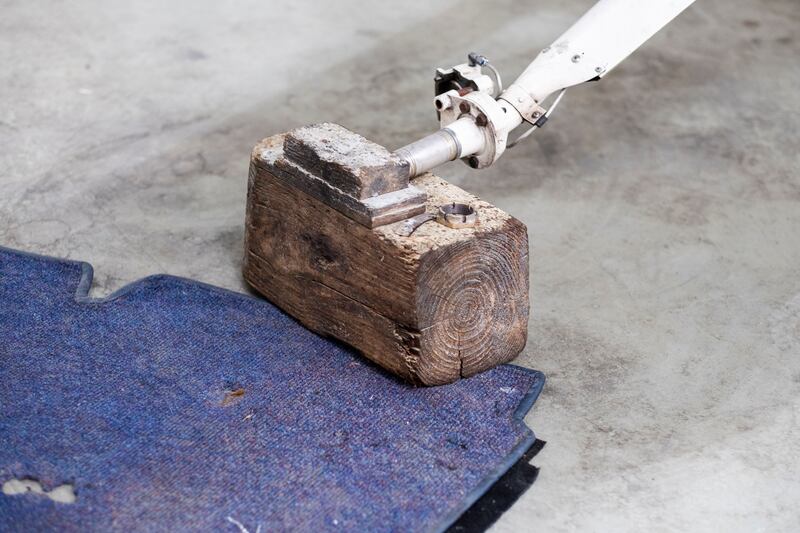
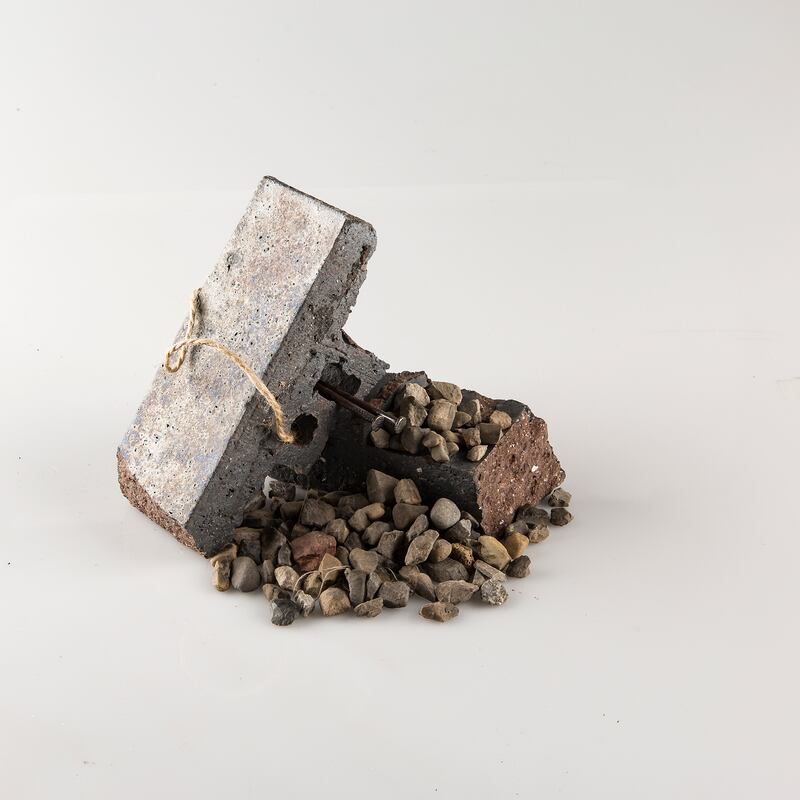
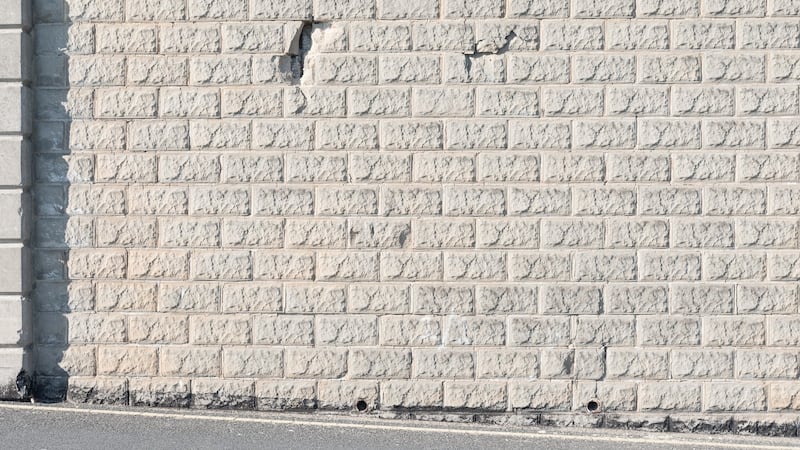
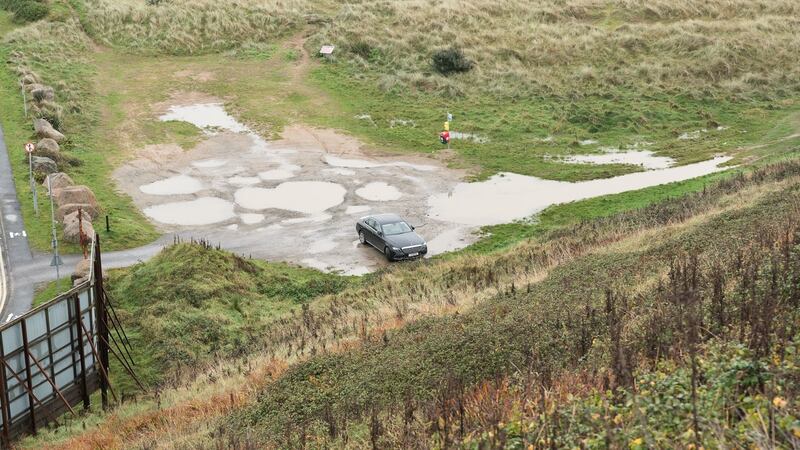
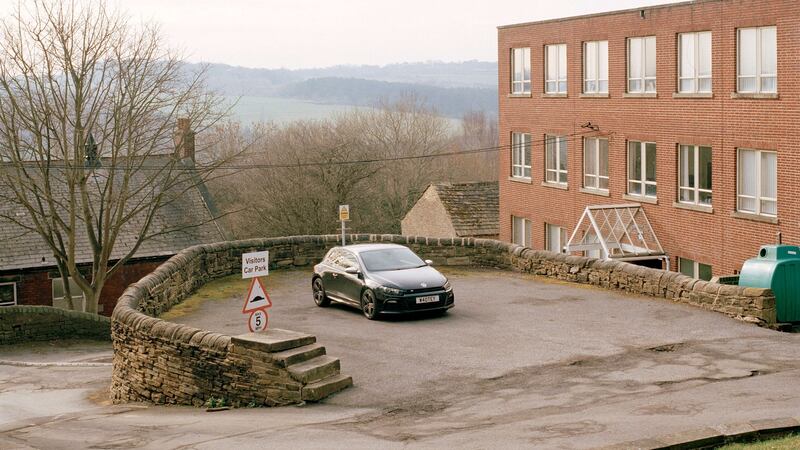
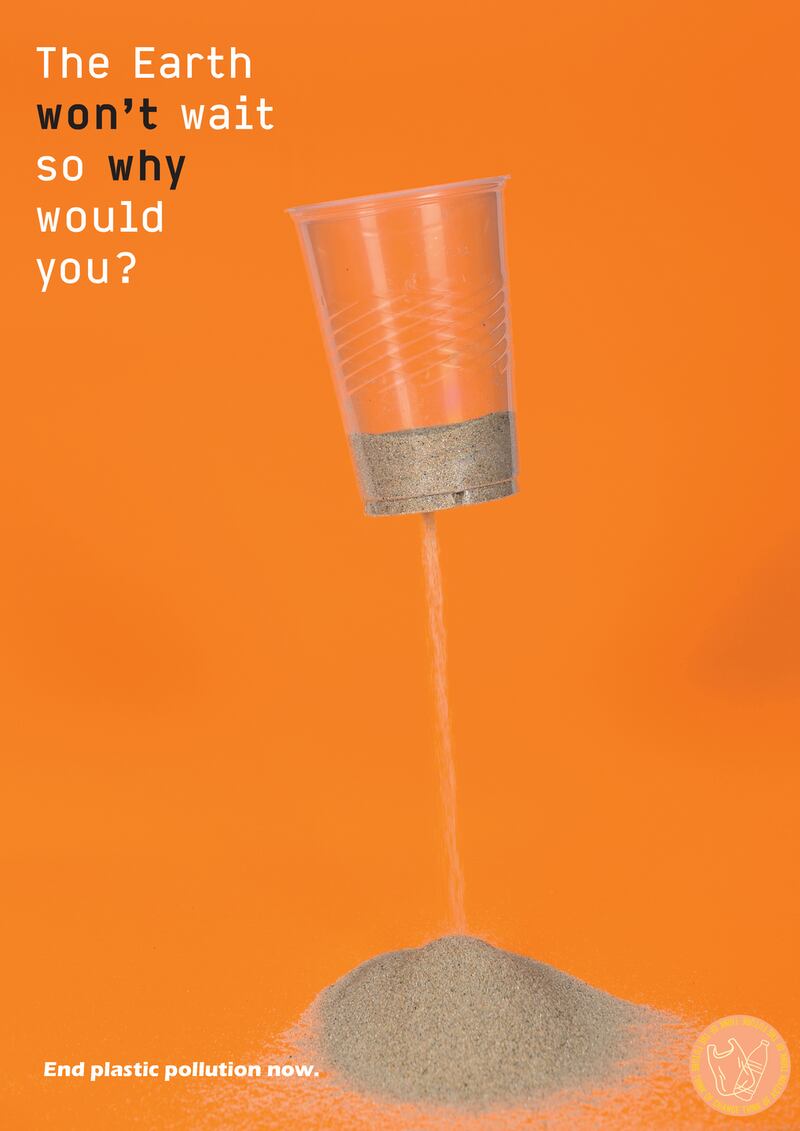
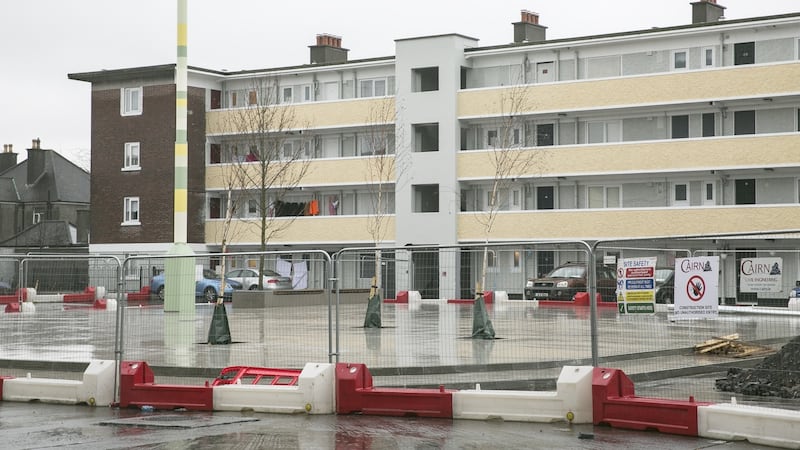

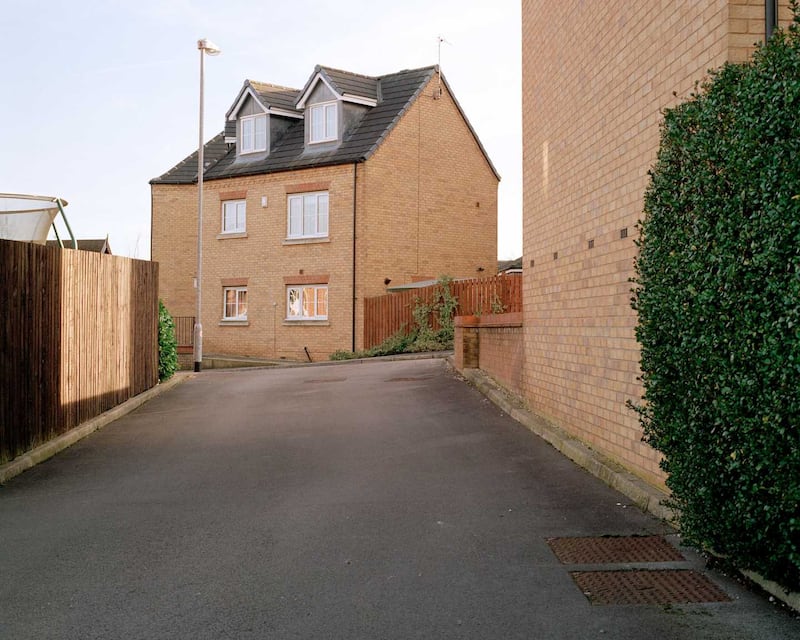
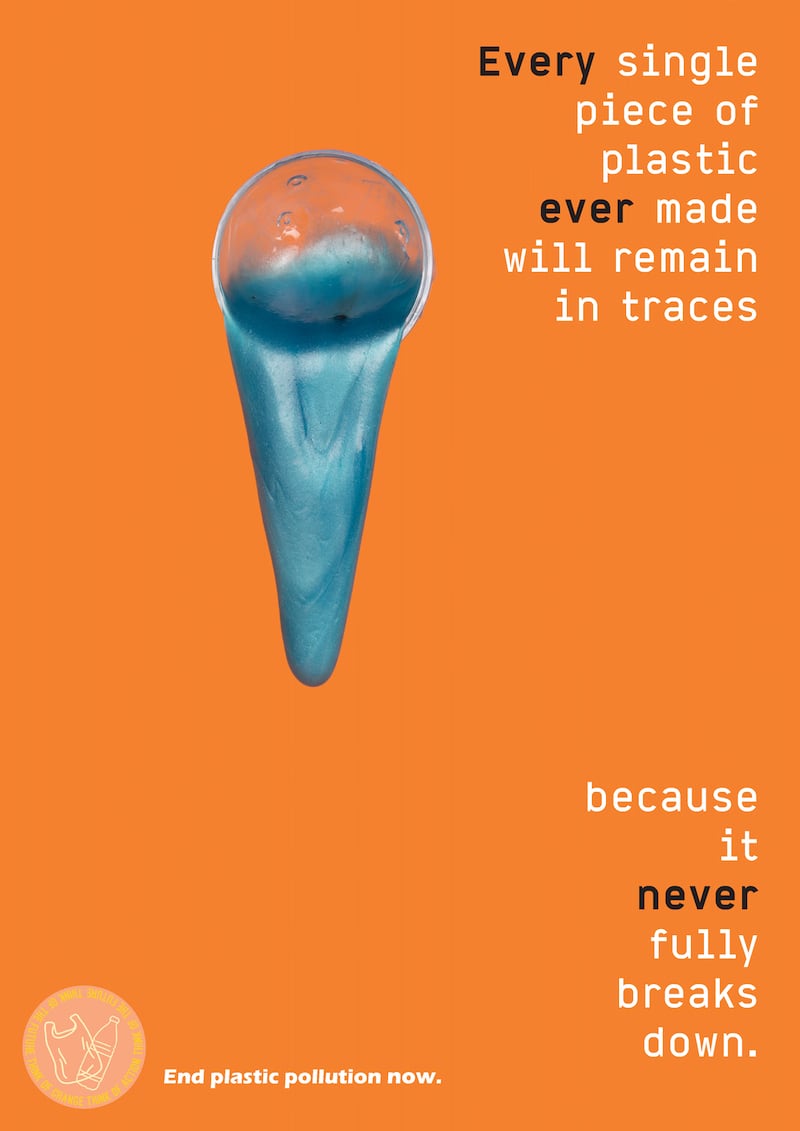
Several issues of public concern are in play, some in obvious ways, some less obviously. They include homelessness and housing, displacement, Brexit, the debate on decriminalising some illegal drugs and how the use of plastics is damaging the environment. In relation to the latter two, both photographers reach inventively into the area of visual communications, specifically using text and typography as central aspects of strategy. Carl Byrne’s Prohibition noun (C or U) nods to Jeff Wall’s “ideas on Near Documentary”. Byrne’s staged black-and-white images draw on the real-life experiences of those whose lives have been adversely affected not by drugs but by being criminalised.
Text and image
The images are okay, but his use of blocks of text, ingeniously woven into the perspective of the depiction, is a great combination of text and image, and extremely well done. More in tune with conventional graphic design, Alexa Simonics’ Think Of_ Campaign is straightforwardly a series of posters designed to educate and alert the audience to the disastrous impact of plastics not alone on the environment as a realm out there but on our physical well-being. They are oblique, engaging your attention by making you want to figure out what they are trying to say rather then hectoring or instructing. Promising.
Kate O’Connor’s But it Rhymes addresses the question of public housing, picturing past social housing projects and work-in-progress on refurbishment and modernising projects, shown as continuous, interlocking montages incorporating pieces of construction materials. The rationale is not that persuasive (“to examine what a house is actually made of”), but the juxtaposition of the physical stuff and the images does work in some incalculable way.
The 18 Nautical Miles of Gary Byrne’s project is the narrowest point of the English Channel, separating the UK from the European mainland. Byrne’s photographs explore a curious no man’s land of port infrastructure and coastal tracts (in Ireland as well as the south coast of England). They are compelling, enigmatic landscapes, charged with a sense of mystery and unease. There is some mystery, as well, in Liam Devine’s Podeschesai(e). His fine urban and edge-of-town scenes are, the catalogue note explains, an account of his revisiting the scene of his happy childhood: his family relocated across the Irish Sea, from an “utterly unremarkable” but fondly regarded town, to rural Ireland when he was ten years old.
Twilight world
Laura Holmes ventures into the twilight world of the homeless in Uprooted. Her project included asking people in emergency accommodation to take photographs with disposable cameras, her own photographs plus extracts from interviews, and documenting nights spent in basic hotel rooms. In a subtle, thoughtful way, she manages to convey a vivid impression of the often unbearable psychological pressures involved.
Shane Caldwell finds an immensely promising subject in Flight Study: the human desire to fly and fascination with flight. The dominant idea that emerges is that of making a flying machine, and a couple of the best images, of enthusiasts holding large model airplanes, inescapably recall Alec Soth’s photograph of a man in overalls holding two model planes in Sleeping by the Mississippi. Taking Oikeiôsis as typical of this year’s degree shows, one feels that the graduates are, overall, in a good place.












